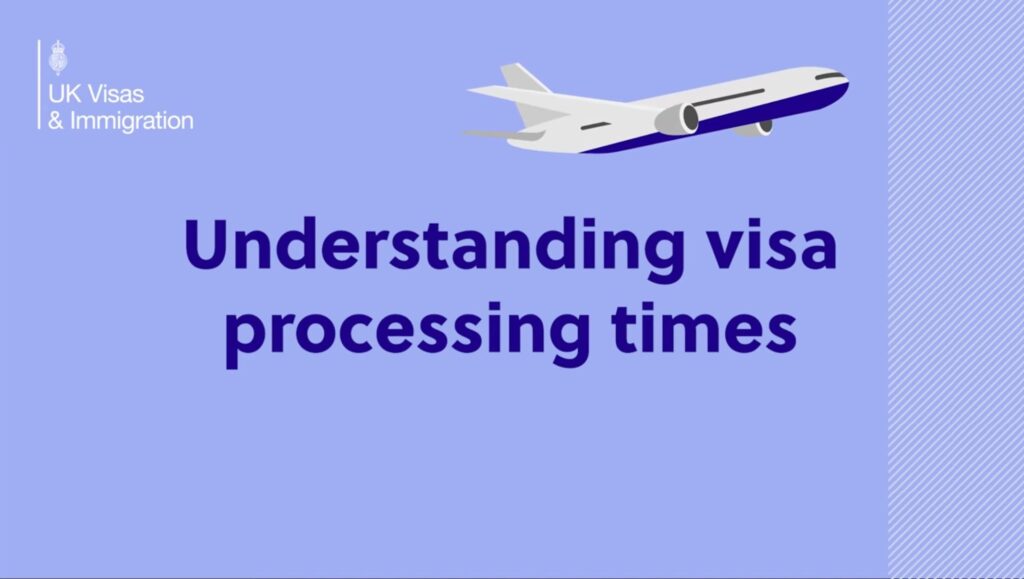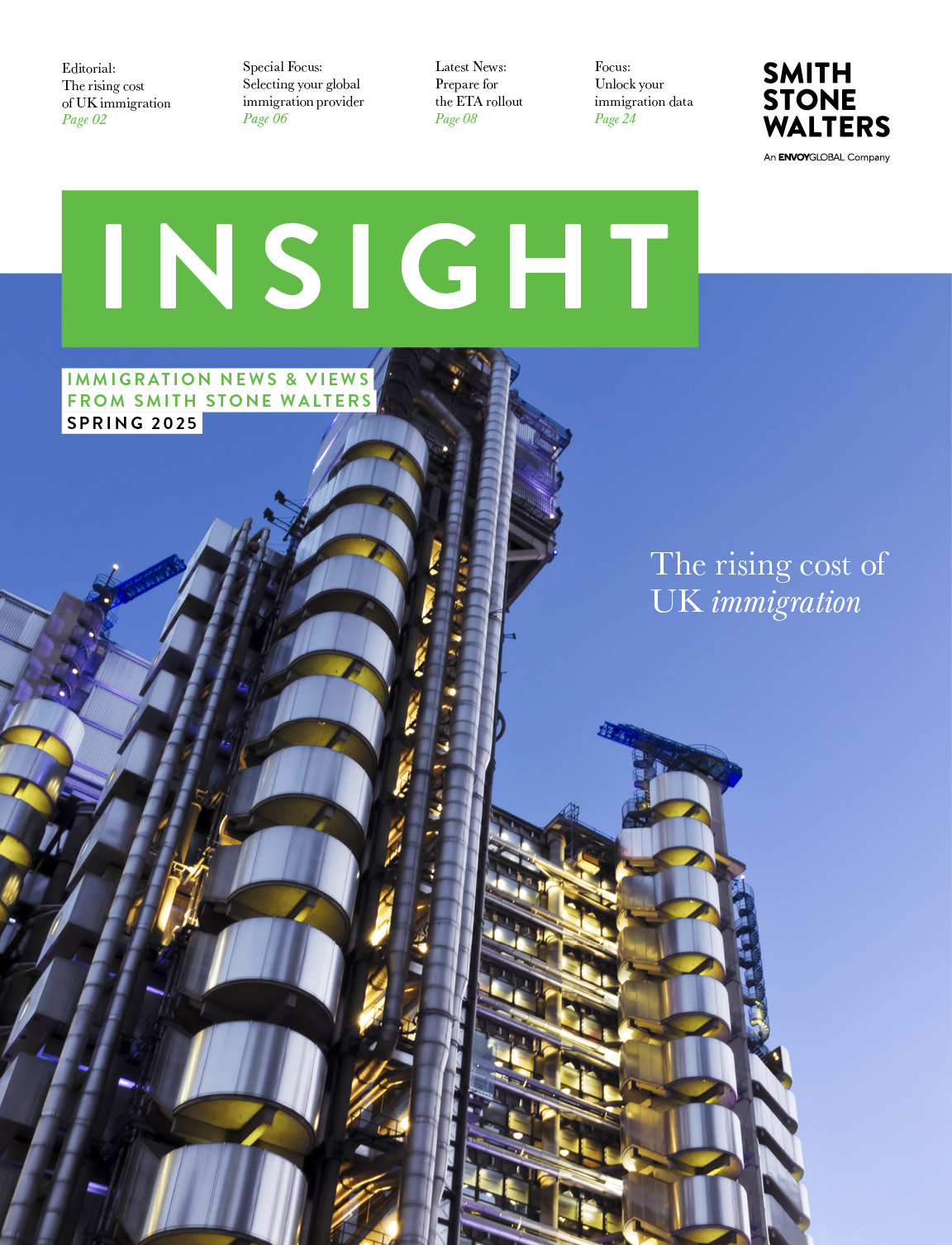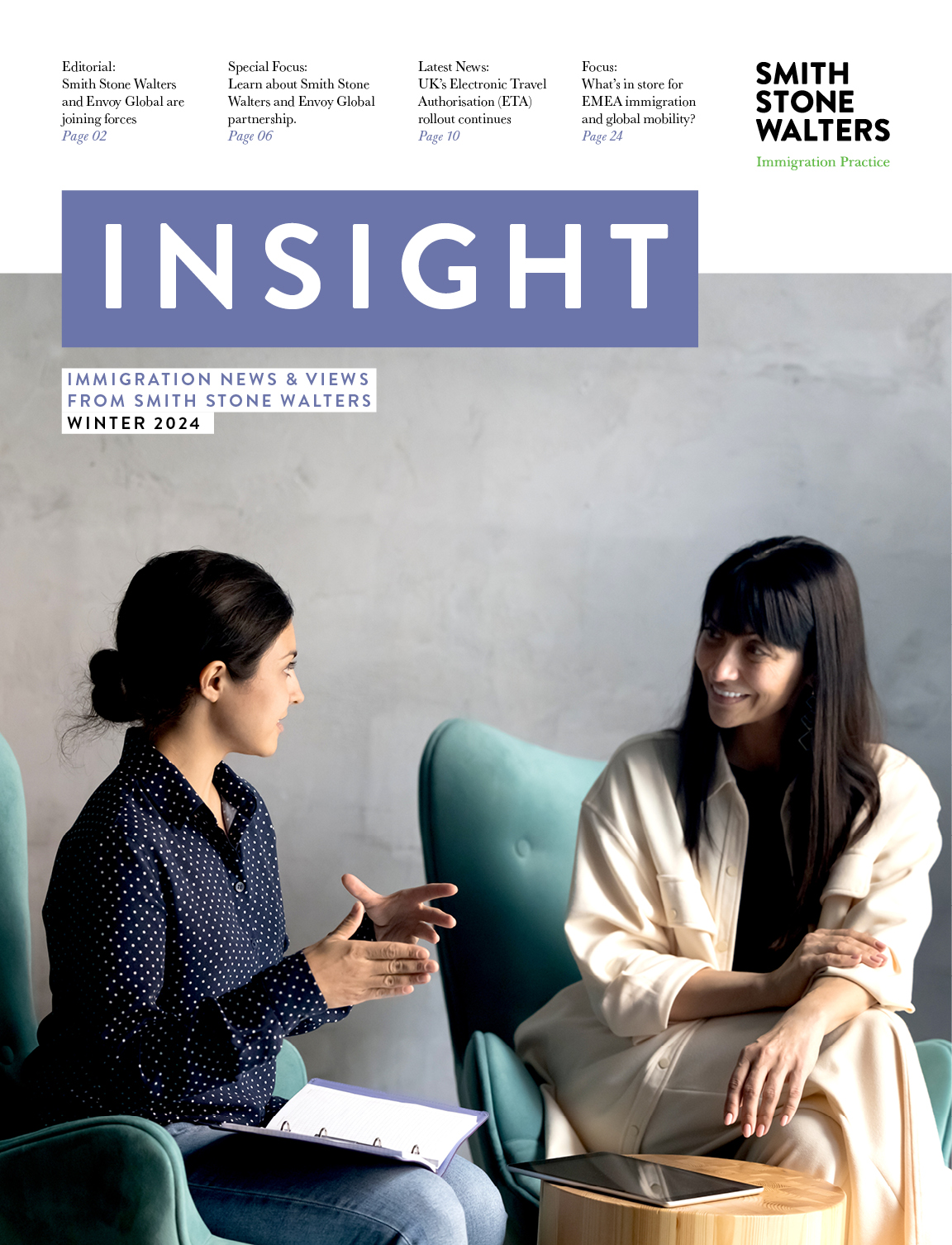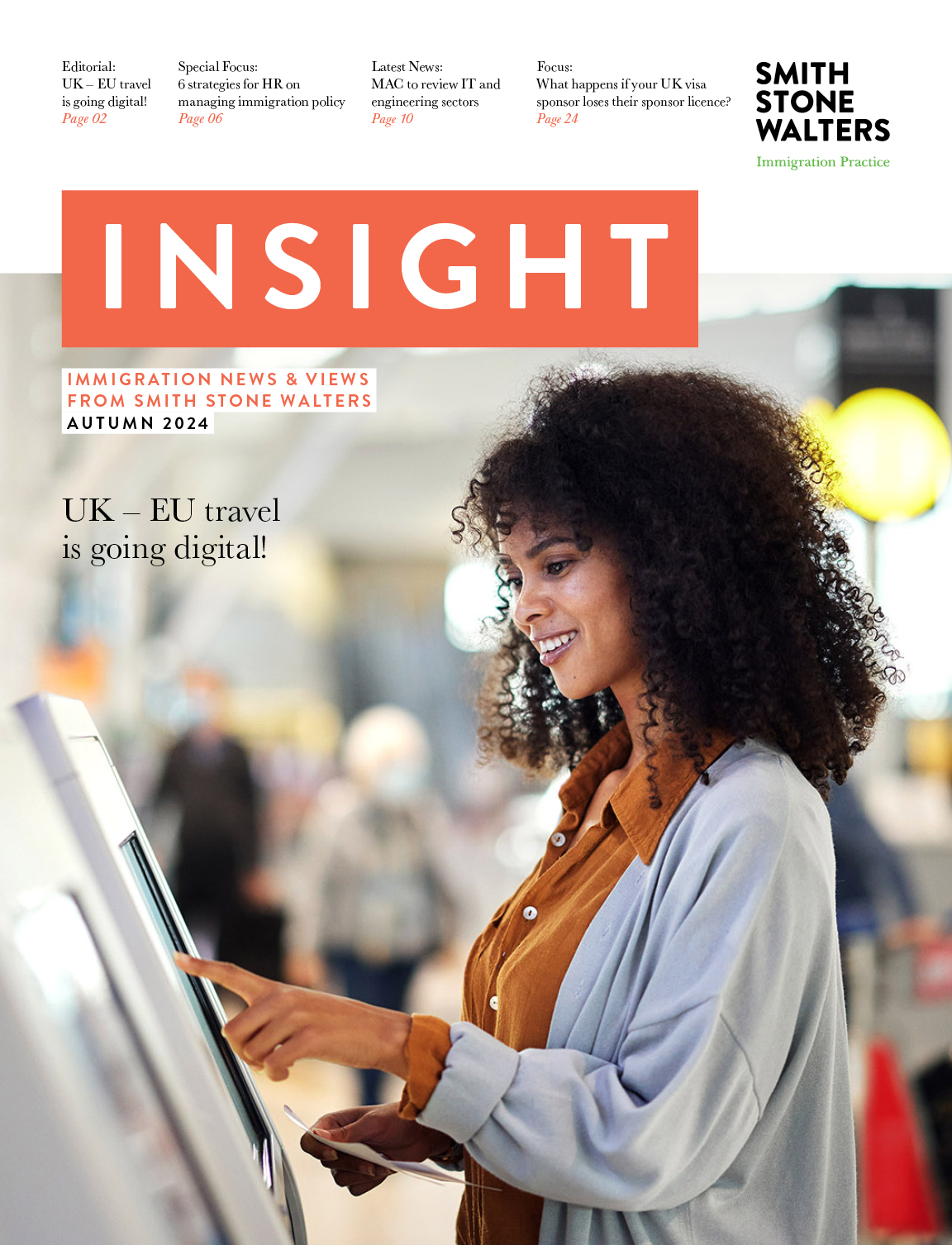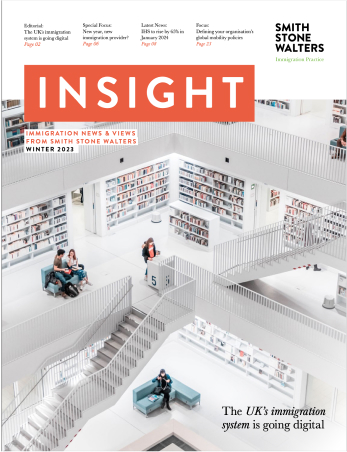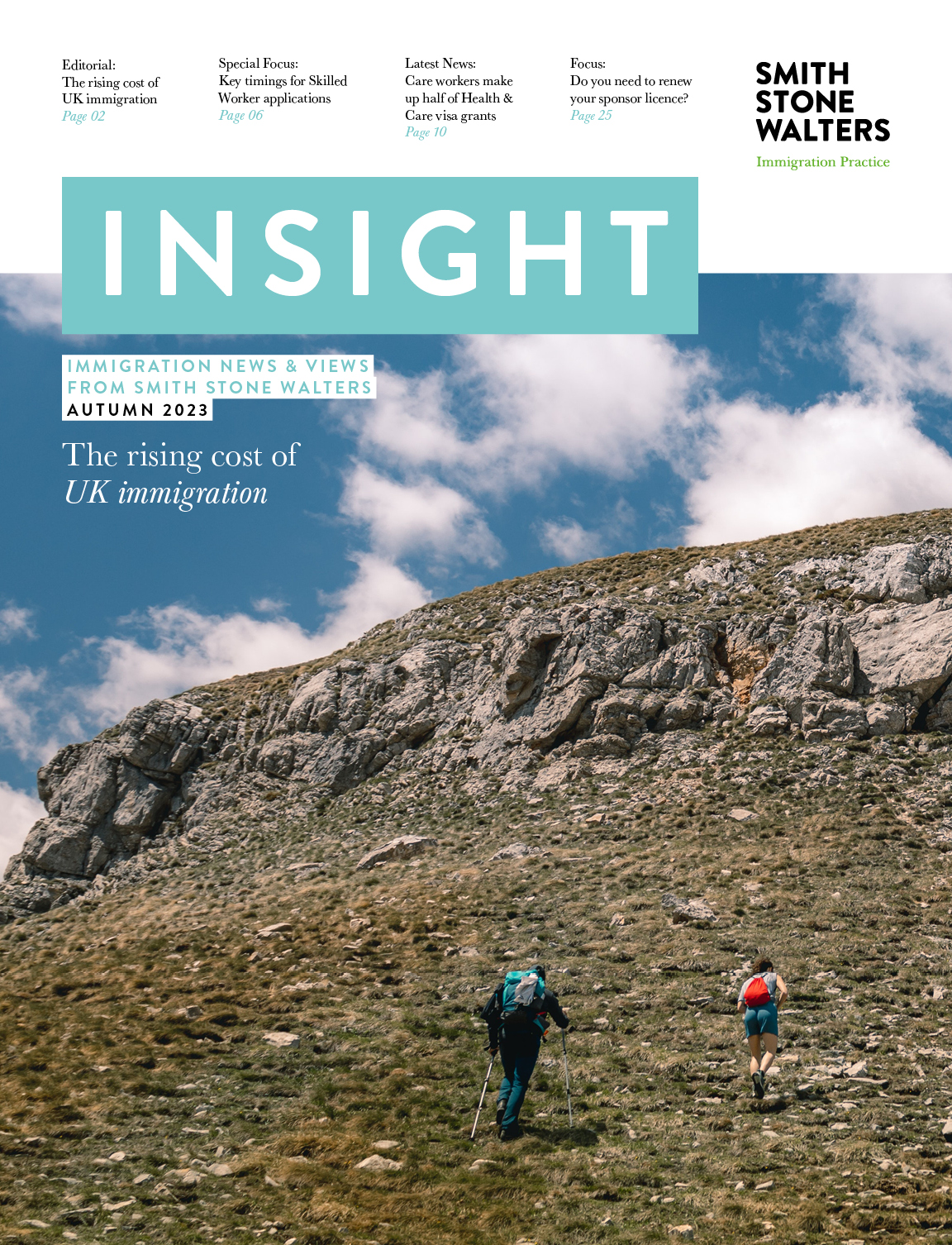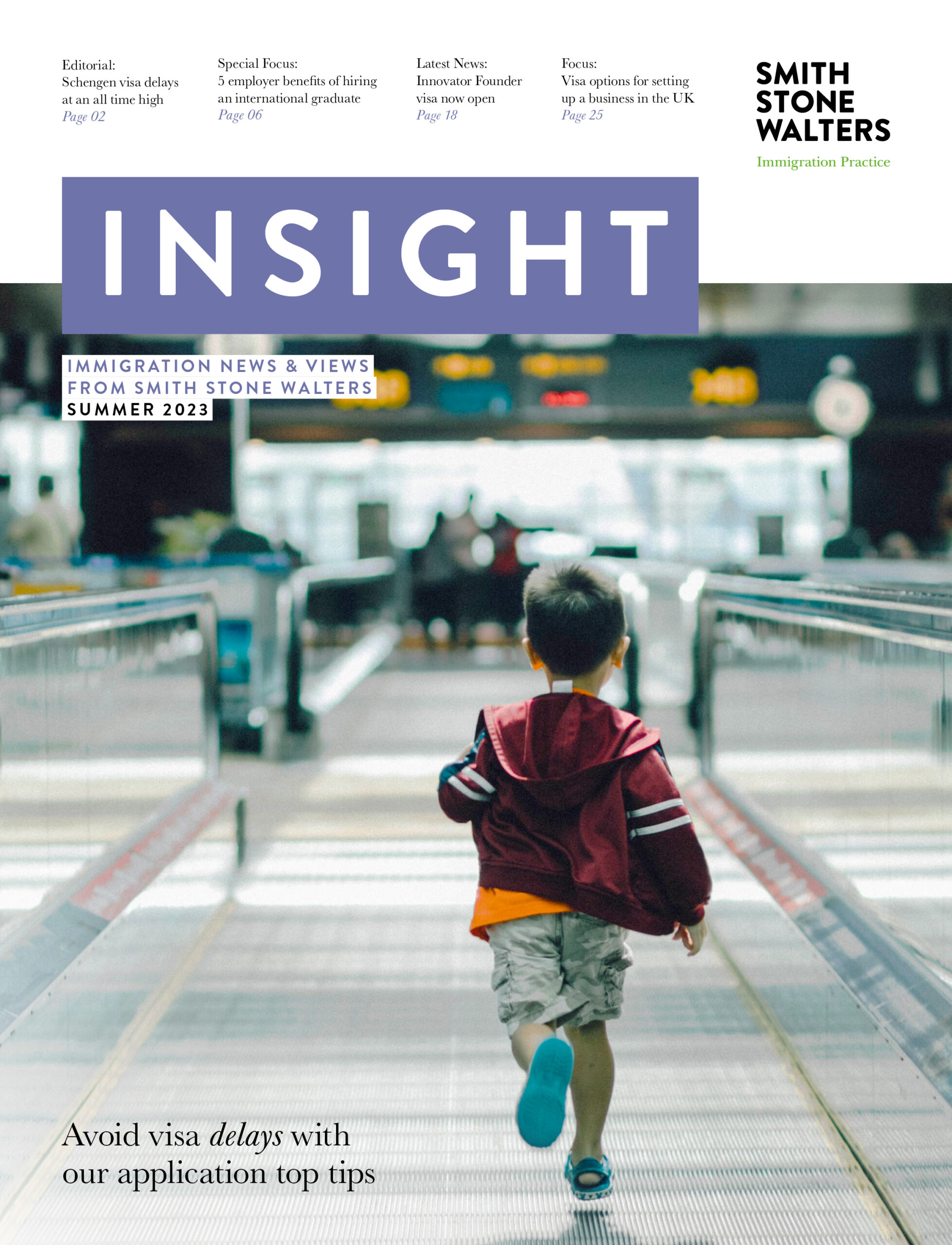How to prove your immigration status with an eVisa
The UK government is introducing a fully digital immigration system. This means physical documents are being phased out and most migrants with valid immigration permission in the UK will now hold proof of this digitally, in the form of an eVisa.
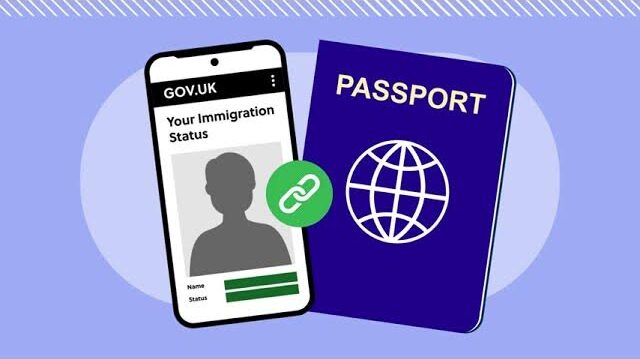
The implementation of this began last year and will affect how individuals prove their rights and how employers and landlords conduct checks on some international employees and tenants.
What is an eVisa?
An eVisa is an online record of your immigration status and the conditions of the type of permission you have to enter or stay in the UK.
You need to create a UKVI account to access your eVisa and share information about your immigration status and conditions, such as your right to work or rent in the UK, using the view and prove service.
You can use your valid or expired BRP to create a UKVI account to access your eVisa.
Proving your immigration status to others
Under UK law, employers and landlords must conduct checks on all prospective employees or tenants, to check they have the relevant right to work or rent in the UK. An eVisa makes it quicker and easier to share your status.
You can share your immigration status information with third parties, such as employers or landlords, by generating a share code in the view and prove service, which will give them time-limited access to your immigration status information. You can get a new share code whenever you need one – you do not have to remember a single unique code to be able to prove your status.
The Home Office has created a video guide with detailed steps on how to prove your immigration status with an eVisa.
Travelling with an eVisa
Travelling internationally will be easier and more convenient for eVisa holders, as digital statuses can be quickly verified at the border.
Your eVisa will be linked to your passport in your UKVI account. You must keep your passport or ID card details up to date in your UKVI account and inform the Home Office about any changes, so that your immigration status can be easily identified at the UK border.
You should make sure your personal details are up to date well in advance before you travel. You may be delayed or denied boarding by carriers if your information is not correct. You’ll still need to carry your current passport with you.
The Home Office has created a video guide on how to travel with an eVisa.
Transitional measures
To help ensure the switch to eVisas is as smooth as possible, the government has introduced a transitional measure for customers travelling internationally in early 2025.
Airlines and other carriers will be able to accept Biometric Residence Permits (BRPs) and EU Settlement Scheme Biometric Residence Cards (EUSS BRCs) expiring on 31 December 2024 or later as valid evidence of permission to travel to the UK, provisionally until 31 March 2025. This policy will be kept under review.
Passengers whose immigration permission is still valid but whose BRP/EUSS BRC expires on or after 31 December are advised to continue to carry their expired BRP/ EUSS BRC with them when they travel in the early part of 2025. This transitional measure is intended to provide additional reassurance to travellers during the early phase of this transition. Passengers may also wish to create a View and Prove share code in advance of travel, which is valid for 90 days.
Get help with your eVisa
Those yet to switch to an eVisa are encouraged to do so as soon as possible, to ensure they can continue to prove their immigration status in the UK.
It is free and straightforward to switch to an eVisa, and support is available to help visa holders and employers remain compliant. Detailed guidance can be found on the gov.uk website here.
If you have questions about eVisas and immigration compliance, Smith Stone Walters can help. To speak to an immigration expert, please contact us today.




